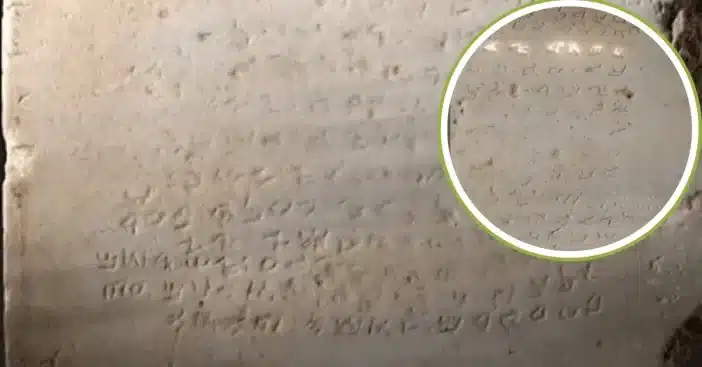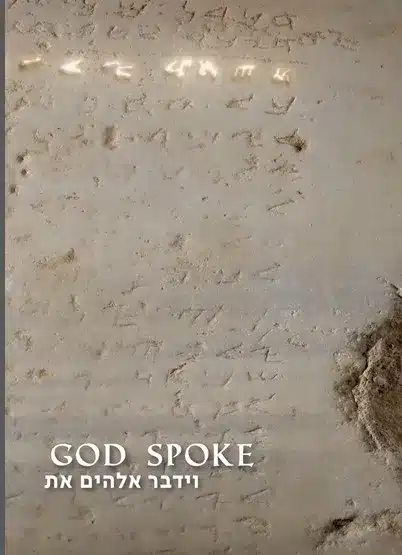
The 115-pound stone tablet containing the Ten Commandments is set to be auctioned next month at Sotheby’s showroom in New York. It was discovered in 1913, during excavation for railway lines in the southern part of modern-day Israel, and was sold to an unnamed scholar 30 years later.
The previous owner analyzed it to be an important Samaritan Decalogue that may have been kept in a synagogue or a home. Sotheby’s revealed that the tablet’s original location may have been affected by the late 11th century crusades or Roman invasions of 400-600 CE.
Original Ten Commandments stone discovered
View this post on Instagram
The two-foot-tall stone reportedly dates back to the Late Roman-Byzantine era and was found to have been forgotten near sites that housed religious buildings of the era. It was used as doorway paving for up to three decades, and from the fading Paleo-Hebrew script inscriptions on the surface, it must have laid face up.
The stone features 20 lines containing only 9 of the biblical Ten Commandments, replacing “thou shalt not take the name of the Lord in vain,” with reverence for Samaritanism’s holy place, Mount Gerizim. Samaritanism is similar to Judaism as it is based on the first five books of the Old Testament but with a few major differences.

The tablet is available for public viewing
The public can take a look at the piece of history at Sotheby’s showroom from December 8 until it auctions the following week. The artifact is expected to fetch about $2 million, which is a tiny fraction of what the thousand-year-old Hebrew Bible fetched at the showroom last year.

Also known as the Codex Sassoon, the Bible is regarded as one of the most important and singular texts in human history, dating back to the 9th or 10th century. It sold for a whopping $38.1 million, setting the record for the most valuable manuscript ever auctioned.
